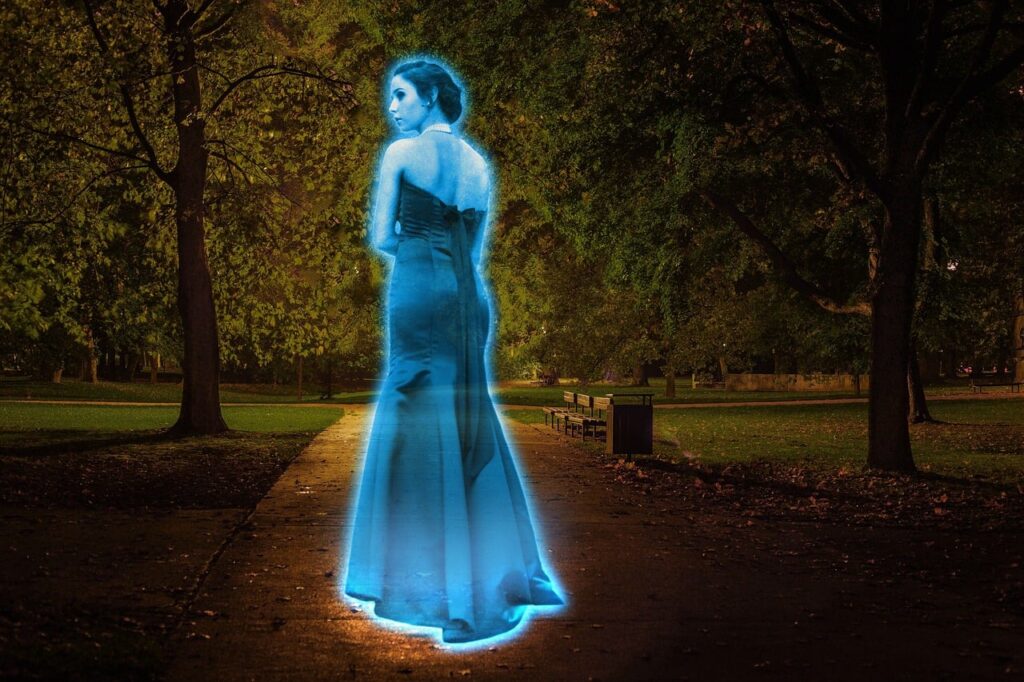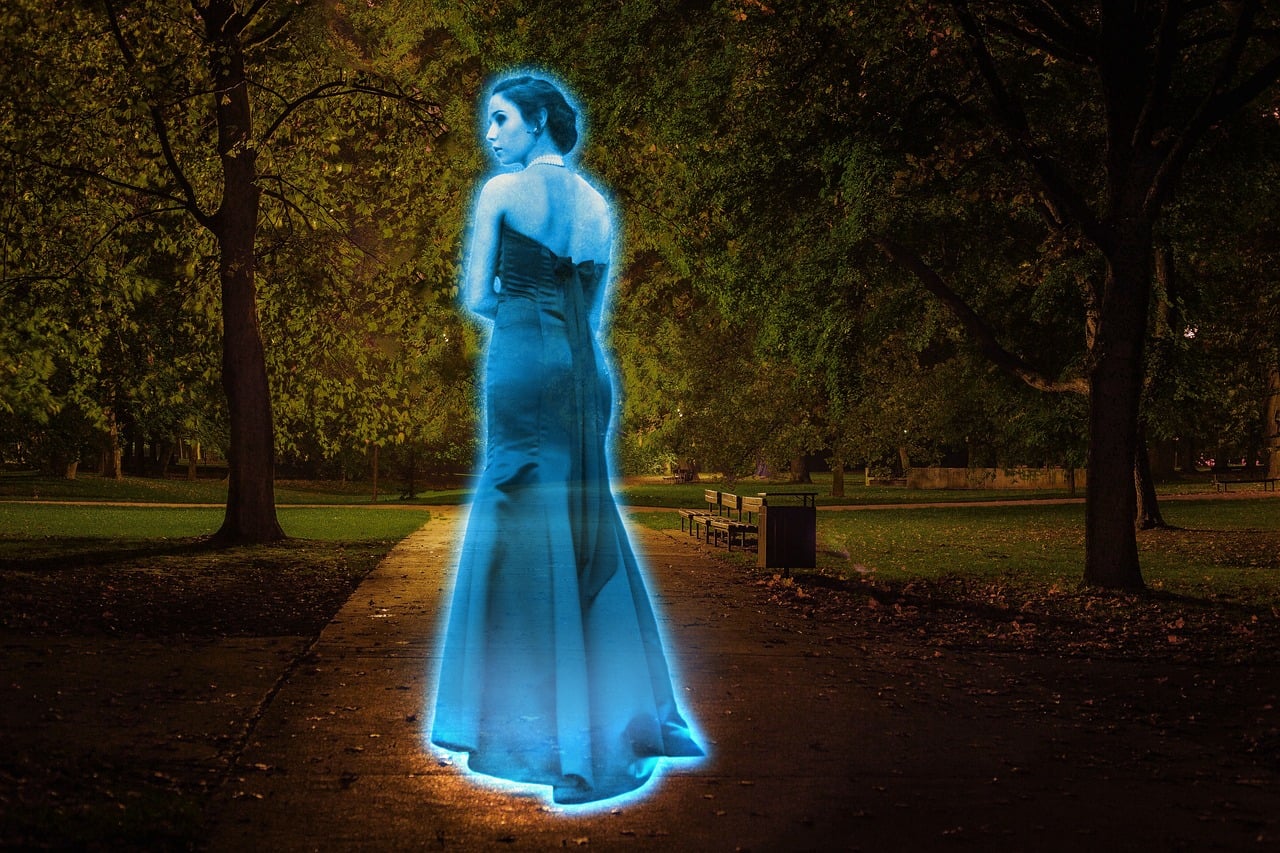Holography. If you’ve ever seen a Star Wars movie, you’ve witnessed holography. But, what exactly is holography technology? Why isn’t it a part of our daily activities in 2020? Will this technology ever be functional to society? In this article, we will answer these questions.
We will establish what the term ‘hologram’ means. A hologram is a three-dimensional image that is visible with the naked eye. Holography is the science used to create holograms, and the way holograms exist as images. Different forms of holography currently exist. They all follow the same ground rule. This rule is, the use of light to create an image. Holography exists in two forms at a basic level. Either through transmission or reflection.

How to use Holography Technology
Different tools are in place when using holographic technology. These include lasers, lenses, a beam splitter, mirrors, and holographic film.
Lasers
Lasers are essential because they can highlight a subject in a way that shows incredible levels of detail. Typically, red lasers are the most reliable. Usually, helium-neon (HeNe). This is because they are coherent and stable in producing an image that is visible and accurate. Some types of holograms have lasers that provide a vast amount of colors. Some lasers also need the use of a shutter to control exposure.
In holography technology, a hologram is registered through a light source, which is a laser(s) that is well composed and consistent in its properties. Various setups are used, and several types of holograms are made, but all involve the interaction of light coming from different directions and producing a little interference pattern that is photographically recorded on a film, plate or other methods.
Lenses
Also, lenses help create holographic images. Although a camera’s lens makes use of light to highlight a subject, a hologram makes use of beams of light to spread the glow from the laser. What this does is to help make a laser spread towards different tools that create the image.
Beam Splitter
A beam splitter is a device that uses prisms and mirror reflections to split a beam of light into two beams.
Mirrors
Mirrors are essential to holograms because they create the directions that laser beams move towards. Because it is a reflection of a laser and not the actual laser, mirrors have to be clean. Little smudges might damage the appearance of the final image.
Holographic Film
Furthermore, the holographic film records light at a high resolution. This highlights details on a microscopic level. Thus, the film grain used is consistent with the highest quality. This marks even the smallest of changes in the light to ensure a perfect image.
Holography in media
As mentioned earlier, the Star Wars franchise has presented a general idea of holography technology. The communication device between characters contains a way to record figures when communicating with each other as if they were in the same room.
In other media such as the Iron Man movie franchise, holography helps the main character simulate creations. This sort of thing helps in ensuring technological inventions are accurate. Also, it helps ensure the use of minimal resources.
In Cyberpunk media, the use of holography is an inherent part of the world-building. This is evident in video games, movies, and television shows that have cyberpunk. Cyberpunk reflects our society’s prediction for ways holography technology will work in the future. Many creators have included holography in cyberpunk due to its promising capabilities for an average Joe of the future.
Holography Technology in 2020
Digital Ressurection
Holography technology has been a much-anticipated dream of entertainment and tech companies. It was first introduced in 1893 by Jules Verne. It’s been 126 years since it was a concept. In 2020, holography is still at an early stage for consumers. But, the future is promising. Not too long ago in 2012, a holographic version of Tupac was presented before an audience at Coachella. This form of holography is what is known as digital resurrection. What this does is incredible. It provides a holographic CGI copy of a person living or dead to appear before an audience in a way that is hard to fault.
MDH Hologram is a pioneer in this form of holography. They were the first company to create photorealistic, flexible movements for holograms. Michael Jackson, Tupac and even the Indian Prime Minister Narendra Modi have their holograms. Using techniques for high-end Three Dimensional CGI and motion capture cameras, a person can be recreated and projected onto a barely visible glass pane.

Aerial Burton Laser Plasma Hologram
The techniques that are typically used to create holograms do not apply to this company. In Aerial Burton, holograms exist through the use of a plasma laser that floats an image in the air. This 3D image can come to life through an advanced holographic projector. The technology, unfortunately, produces rudimentary images. However, the future is promising. The holograms made by Aerial Burton show that light can be visible without bouncing it off a surface. The technology makes use of a pulse laser that focuses on points in the air and ionizes them into plasma. A 1 kiloWatt energy source powers this pulsed laser.
3D Hologram Fans
This form of holography delves into illusion more than any other way of making holograms. It depends on the user’s cognitive functions to determine what image is on display. These typically appear on advertisements, theme parks, or events to wow an audience. They work through the use of fast high tech propellers and RGB lights that can switch colors. When the right speed is in motion, they create a 3D image. In 2020, a device called the Hypervsn Wall improves on this tech. This device can create High Definition images 8 feet tall that display images mid-air. It makes use of over 60 watts of power to create this.
Holographic Tabletop
In South Korea, a team of engineers has been able to create a holographic table. This hologram is a wonder because it is visible from any angle and has a full 360-degree scale. It does so by making use of many high tech lasers and a spectrum of fast rotating display mirrors built into a table.
Real-world uses of Holography Technology
Well, in 2020, holograms are being used within specific niches in various industries.
Medical Innovation
First of these is within the medical field. Holography is revolutionizing medicine, and the future is bright for prospective doctors. It can serve as a tool for simulating a patient’s data in real-time as though the person were in the room. What this does is help in training surgeons and students medical techniques in a more immersive way than ever before. How this works is, by using current systems like MRI scans to generate the data as an image, the technology can create full-color and simulated 3D holograms. These images can include the most complex systems and organs of the body.
Military Mapping techniques
The use of holograms in the military directly relates to geographical intelligence. The landscape of battlefields varies, and, soldiers must be able to adapt to different terrains. Through the use of holography technology, soldiers can simulate 3D terrain and train for missions. The holograms are made through the creation of a holographic sheet from analyzed image data. Users can roll up these holographic sheets and transport them as well as use them in disastrous scenarios that require evacuation.
Art Exhibition
Artists started exploring different avenues regarding holography the minute it turned into a popular process. There are artists around the world utilizing the three-dimensions of holograms to create masterpieces by manipulating space, making incredible combinations of video and stills to animate in 3D and create sculptures out of light.
Recently, a display in central London exhibited a demonstration of inventive holography. Worldwide gatherings of a few distinguished artists contributed work to a show in New York, and artists from the US, UK, Italy, and Canada were picked for a presentation of holography and the media in Santa Fe, New Mexico this late spring.
Security and Protection
Since Holograms are intricate and difficult to make, this makes them an amazing preference in matters involving security and protection.
In the event that you have a credit card, you actually have a type of hologram in possession. “That little silver square shape on your Mastercard is a white-light, reflect sponsored, transmission holographic image. It shows a three-dimensional picture which is unmistakable as you move from left to right, and changes shading as you tilt your card in different directions.” These 3D images are unimaginably hard to replicate.
Banks are likewise beginning to use secure holographic images on banknotes. In the UK, the most up to date £5 banknotes have a picture of Big Ben and use holography technology to create a lot of changing colours as you look at the note from different angles. There is additionally a 3D picture of the crown that appears on the note when tilted at an angle.
Conclusion
In conclusion, holograms are extremely brilliant ways of creating 3D images, however, they require precision and resources that aren’t readily available for the average consumer. Yet, times are changing. We can expect more from this technology as time goes on.


